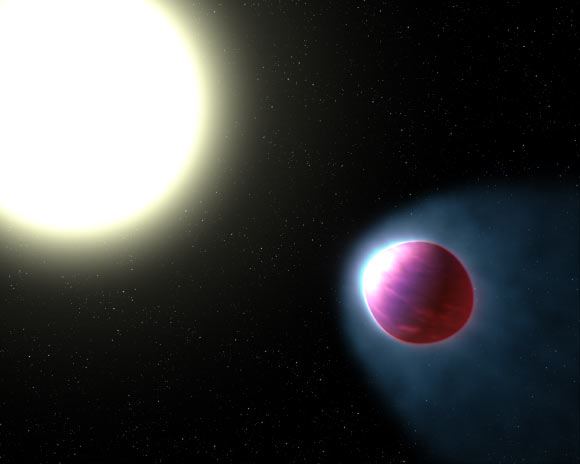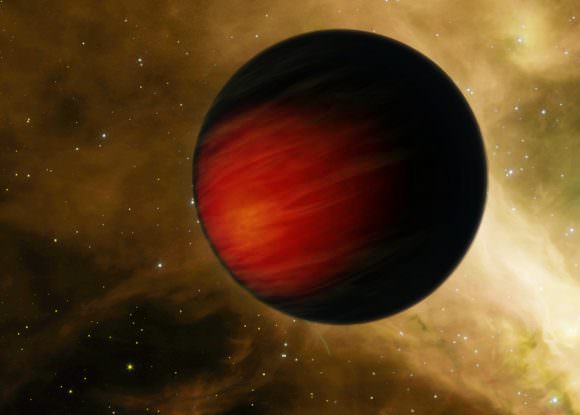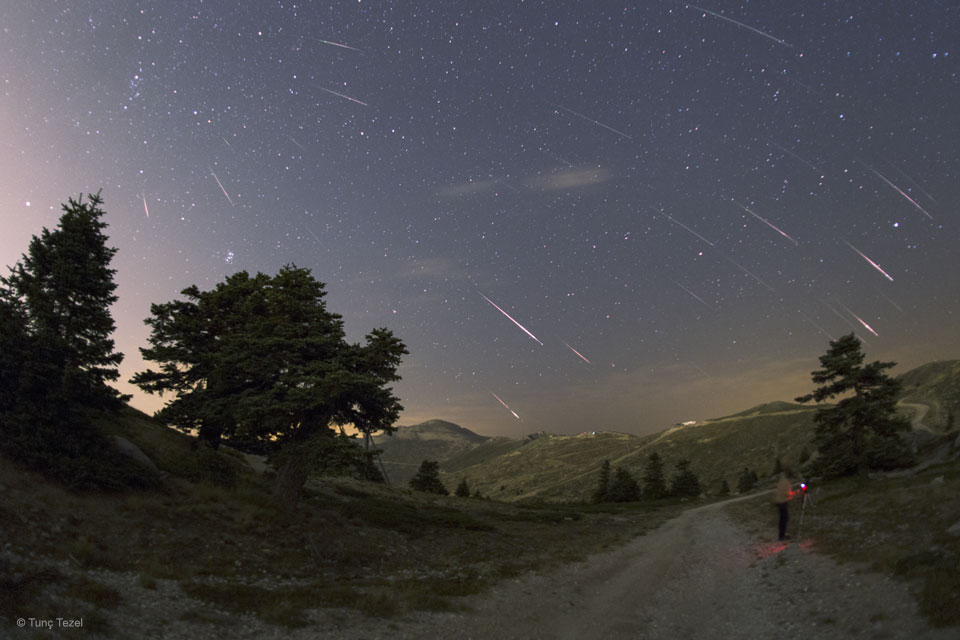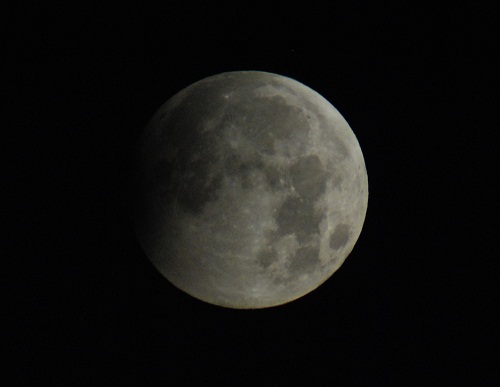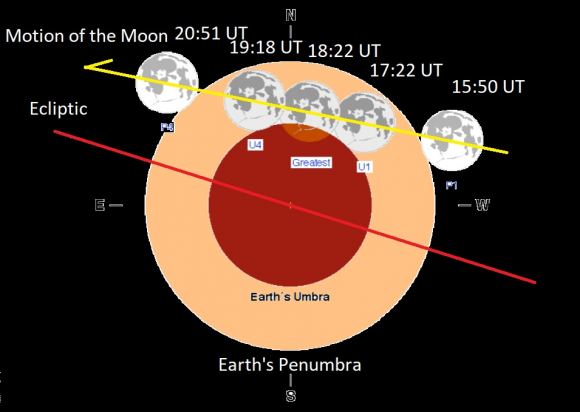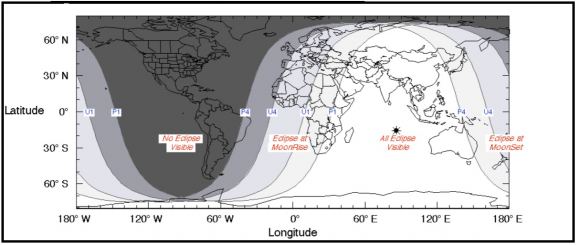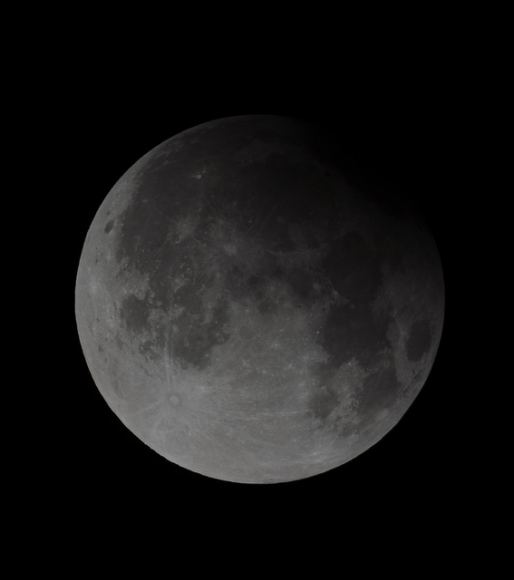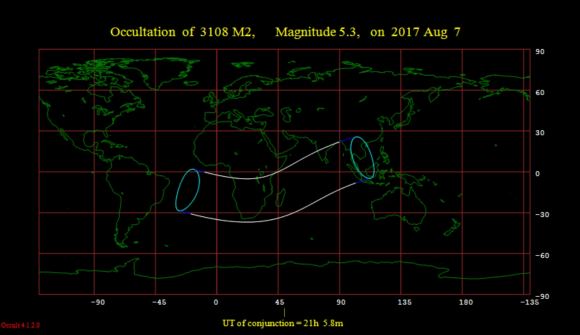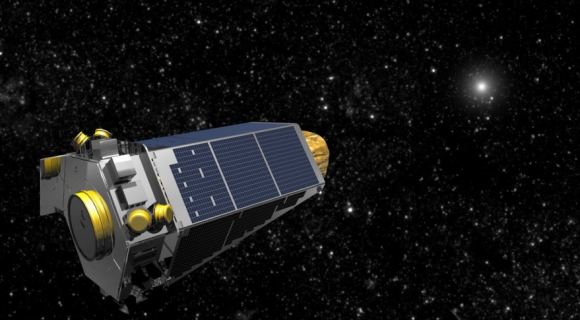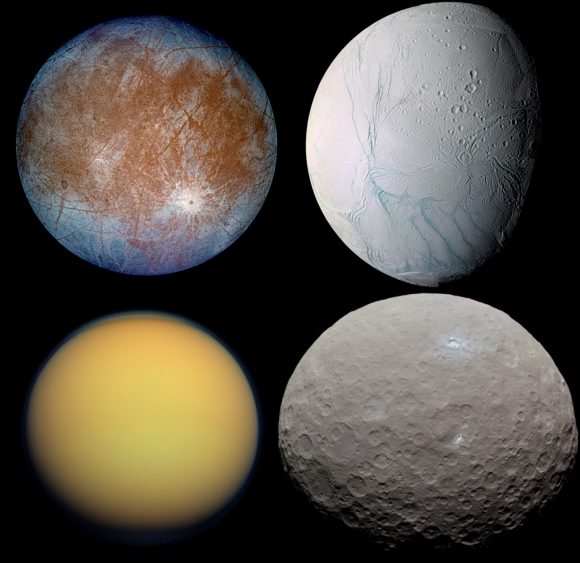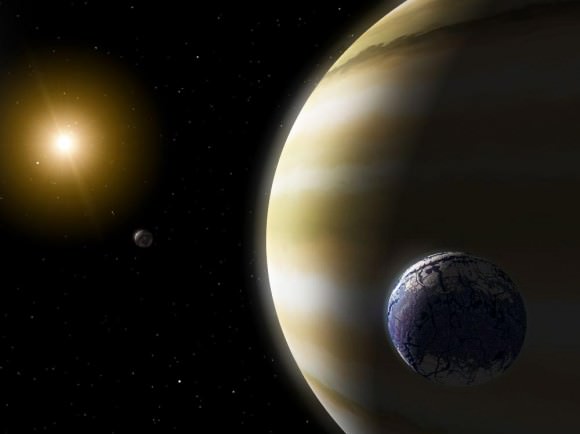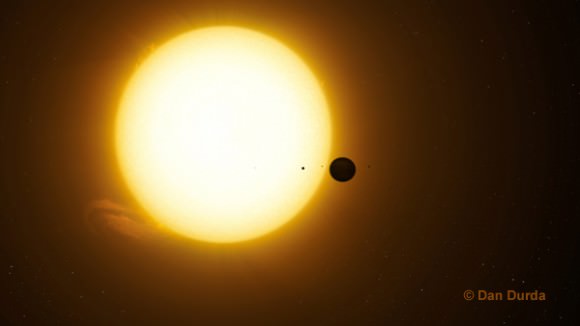This artist’s impression shows a view of the surface of the planet Proxima b orbiting the red dwarf star Proxima Centauri, the closest star to the Solar System. The double star Alpha Centauri AB also appears in the image. Proxima b is a little more massive than the Earth and orbits in the habitable zone around Proxima Centauri, where the temperature is suitable for liquid water to exist on its surface. Image & Caption Credit: ESO / M. Kornmesser
A group of scientists led by Katherine Garcia-Sage of NASA’s Goddard Space Flight Center in Greenbelt, Maryland, created a computer model that placed Earth’s atmosphere, magnetic field, and gravity at the location of Proxima b. Using data obtained by NASA’s Chandra X-ray Observatory, they determined the level of radiation emitted by the host star, Proxima Centauri. Their goal was to determine the fate of Earth if it orbited in Proxima b’s location.
At its orbit, the exoplanet Proxima b likely couldn’t sustain an Earth-like atmosphere. Credits: NASA’s Goddard Space Flight Center / Mary Pat Hrybyk-Keith
“We decided to take the only habitable planet we know of so far – Earth – and put it where Proxima b is,” Garcia-Sage said.
A star’s habitable zone is defined as the distance an orbiting planet can have liquid water on its surface. However, being in a habitable zone does not guarantee a planet is habitable.
To be habitable for life as we know it, a planet must have an atmosphere – one that regulates climate, maintains a surface pressure capable of supporting liquid water, enables the presence of life’s chemical building blocks, and protects it from dangerous radiation and space weather.
Significantly closer to its star than Earth is to the Sun, Proxima b is subject to the star’s regular flares and intense radiation hundreds of times the amount Earth receives from the Sun. In the computer model, that radiation stripped away the planet’s atmosphere at a rate up to 10,000 times greater than solar radiation does to Earth.
Red dwarf stars like Proxima Centauri and TRAPPIST-1, another star with planets in its habitable zone, emit extreme ultraviolet radiation, which ionizes gases in the atmosphere of an orbiting planet. The process removes electrons from its atmosphere, creating a stream of electrically-charged particles that are energetic enough to completely escape the planet’s gravity.
The high level of radiation that planets such as Proxima b are exposed to is enough to strip away heavier elements in an atmosphere, such as nitrogen and oxygen, in addition to hydrogen.
“This was a simple calculation based on average activity from the host star,” Garcia-Sage said. “It doesn’t consider variations like extreme heating in the star’s atmosphere or violent stellar disturbances to the exoplanet’s magnetic field – things we’d expect provide even more ionizing radiation and atmospheric escape.”
Two other factors that could affect the rate of atmospheric loss were also inputted into the computer model. These are the temperature of the planet’s neutral atmosphere, also known as its thermosphere, as well as the size of the area on the planet that experiences atmospheric escape.
Stellar radiation was found to heat up the thermosphere, increasing the rate of atmospheric loss. Areas on a planet over which atmosphere is lost are known as polar caps. The level of atmospheric escape is affected by a planet’s magnetic field lines. If the magnetic field lines at a planet’s magnetic poles are closed, the size of the polar cap is limited, and charged particles remain trapped, reducing the escape level. In contrast, if magnetic field lines are open, the escape rate of charged particles increases.
If Proxima b’s thermosphere has very high temperatures and its magnetic field must remain open, it could lose an atmosphere equivalent to Earth’s in just 100 million years. Low thermosphere temperatures and a closed magnetic field extend the duration it would take to lose an Earth atmosphere to slightly more than two billion years.
Proxima b is estimated to be approximately four billion years old.
Jeremy Drake of the Harvard-Smithsonian Center for Astrophysics, who took part in the study, said the level of atmospheric loss on Proxima b makes its habitability “implausible” and calls into question the habitability of Earth-like planets orbiting other red dwarf stars. These cool stars, the most common in the galaxy, have topped scientists’ searches for habitable worlds.
NASA’s Nexus for Exoplanet System Science (NExSS) coalition, which is charged with searching for life on exoplanets, and NASA’s Astrobiology Institute contributed to the study. Those findings are published in The Astrophysical Journal Letters.
The post Stellar radiation may preclude Earth-like atmosphere on Proxima b appeared first on SpaceFlight Insider.




